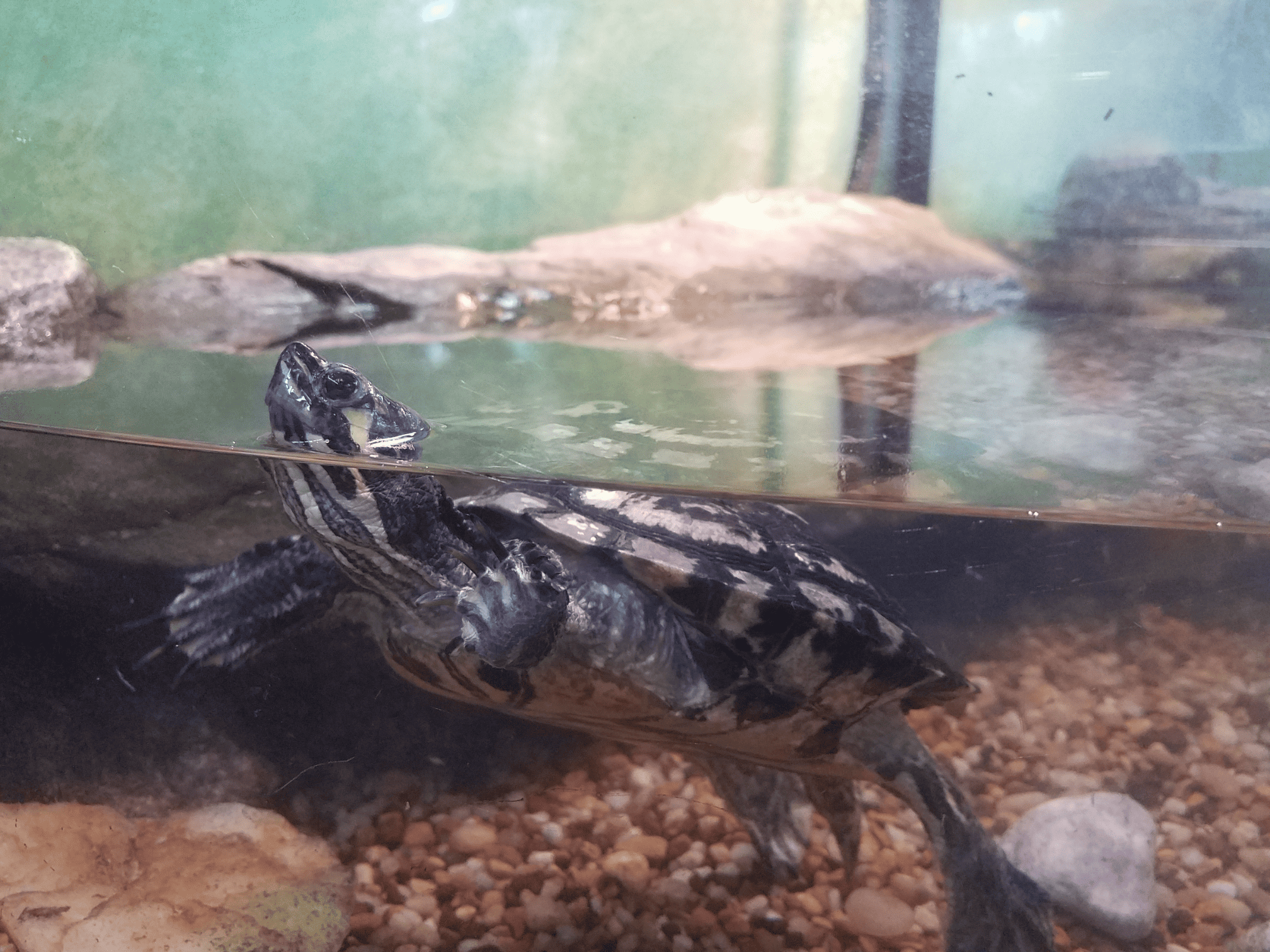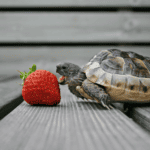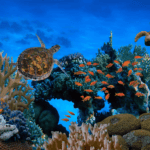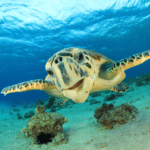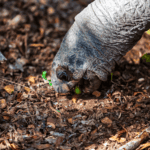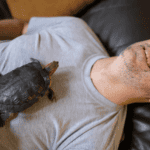Turtles are fascinating creatures that make great pets, but creating a natural habitat for them in your tank can be a bit of a challenge. One of the most important components of a turtle tank is the plants. Not only do plants add beauty to your tank, but they also provide your turtle with essential hiding spots and a source of food. But with so many plant options out there, how do you know which ones are the best for your turtle tank? Here are some of the best plants for a turtle tank, broken down by category.
Live Plants
Live plants are the best option for a turtle tank because they add oxygen to the water and help to maintain a healthy pH level. Here are a few great options:
- Anacharis: This fast-growing plant is a great choice for turtle tanks because it can withstand a wide range of water conditions and temperatures.
- Hornwort: Hornwort is another fast-growing plant that is great for turtle tanks. It is low maintenance and provides excellent hiding spots for your turtle.
- Java Fern: Java Fern is a hardy plant that can be attached to rocks or wood in your tank. It is a great option for turtle tanks because it can survive in low light conditions.
Fake Plants
If you’re looking for a low-maintenance option, fake plants are a great choice for a turtle tank. Here are a few options to consider:
- Silk plants: Silk plants are a great option for turtle tanks because they are easy to clean and maintain. They also provide your turtle with a natural hiding spot.
- Plastic plants: Plastic plants are another easy-to-clean option for turtle tanks. They are also very durable and long-lasting.
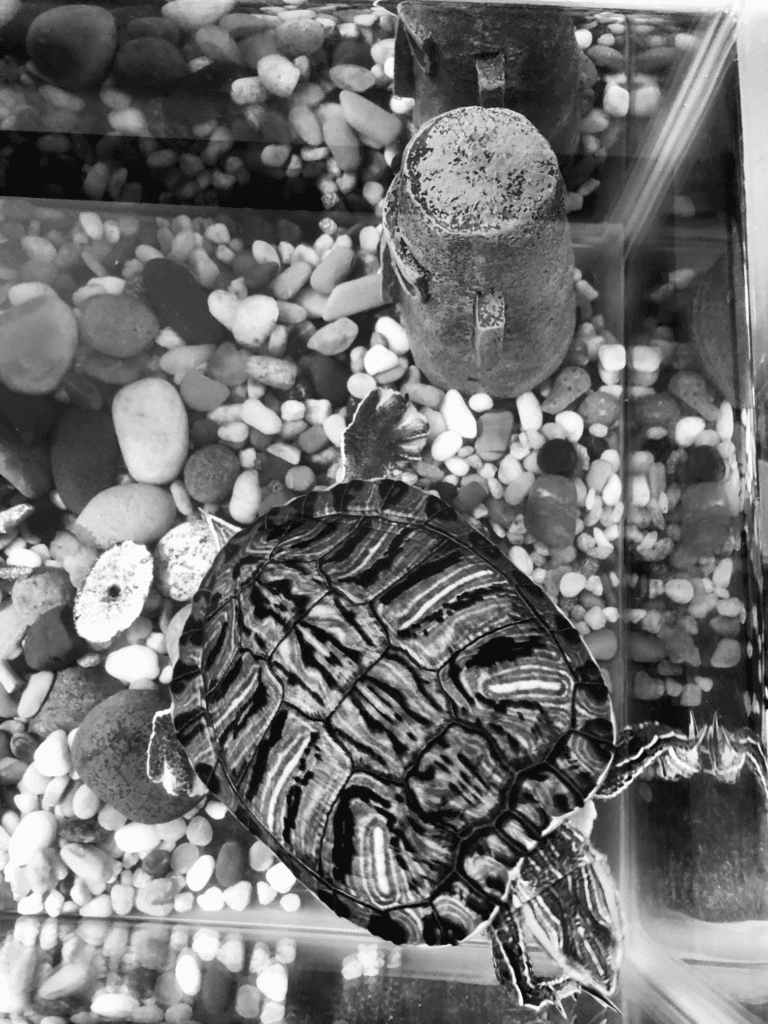
Plants to Avoid in a Turtle Tank
When it comes to plants and turtles, not all plants are created equal. Some plants can be toxic to turtles or have a tendency to rot or decay in water, so it’s important to be aware of which ones to avoid. Here are a few examples:
- Alocasia: This plant is toxic to turtles and can cause skin irritation or digestive issues if ingested.
- Philodendron: Philodendron is another toxic plant that can cause skin irritation or digestive issues in turtles.
- Ivy: Ivy is a popular plant for terrariums, but it is not suitable for turtle tanks. Ivy can easily rot in water and can create an unhealthy environment for your turtle.
It’s also important to note that some plants that are safe for humans can be toxic for turtles, so it’s best to research any plants you are considering adding to your turtle tank.
How to Care for the Plants in a Turtle Tank
Caring for the plants in a turtle tank is an important part of maintaining a healthy environment for your turtle. Here are a few tips to keep in mind:
- Proper lighting: Most plants need plenty of light to thrive. Make sure your turtle tank has adequate lighting for the plants you have chosen.
- Fertilization: Some plants may require fertilization to grow properly. Be sure to research the specific needs of the plants in your turtle tank and provide the appropriate fertilization.
- Pruning: Pruning your plants regularly will help them grow healthy and strong. This will also help to maintain a natural and balanced look in your turtle tank.
- Substrate: it’s important to use a turtle safe substrate for your plants, such as coconut fiber or moss, to keep them healthy and to avoid any potential hazards to your turtle.
The Benefits of Plants for Turtles
Plants play a crucial role in creating a natural and healthy environment for your turtle. Here are a few of the benefits that plants can provide:
- Hiding spots: Turtles need plenty of hiding spots to feel safe and secure. Plants provide the perfect hiding spots for your turtle to rest and relax.
- Food source: Some plants, such as Anacharis, are also a food source for turtles. This can help to supplement their diet and provide them with the necessary nutrients.
- Water quality: Plants help to maintain a healthy pH level in your turtle tank by consuming carbon dioxide and releasing oxygen. This helps to create a clean and healthy environment for your turtle to live in.
How to Create a Naturalistic Turtle Tank with Plants
Creating a naturalistic turtle tank is all about mimicking the turtle’s natural habitat. Plants play a crucial role in this by providing a natural and balanced environment for your turtle to live in. Here are a few tips to keep in mind:
- Research the native plants of your turtle’s natural habitat: By researching the native plants of your turtle’s natural habitat, you can create a more accurate representation of their home in your turtle tank.
- Create a variety of different environments: Turtles need different environments to thrive, such as hiding spots, basking areas, and open swimming areas. By using a variety of different plants in your turtle tank, you can create these different environments for your turtle.
- Add rocks and wood: Adding rocks and wood to your turtle tank can help to create a more naturalistic environment. These natural elements can also provide additional hiding spots for your turtle.
Keep the balance : In order to create a naturalistic turtle tank, it’s important to keep the balance between the plants and the turtle’s needs. Make sure to not overcrowd the tank with too many plants, leaving enough space for your turtle to swim and move around freely. Also, make sure to not choose plants that will outcompete your turtle for food and space.
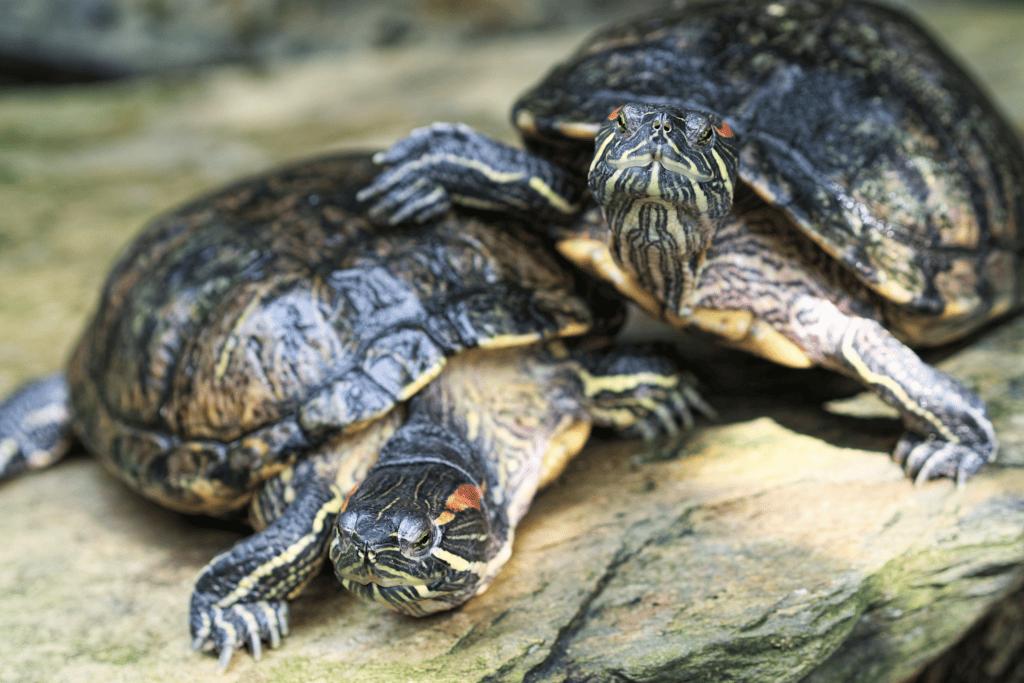
Turtle-safe Plant Substrates
When it comes to adding plants to your turtle tank, the type of substrate you use for the plants is just as important as the plants themselves. Here are a few turtle-safe options to consider:
- Coconut fiber: Coconut fiber is a great option for turtle tanks because it is all-natural and safe for turtles to ingest. It also holds moisture well and helps the plants to grow strong roots.
- Moss: Moss is another great option for turtle tanks. It is safe for turtles to ingest and provides a natural and soft environment for your plants to grow.
- Sand: Sand is also a safe option for turtle tanks, but it’s important to make sure it’s not too fine. Turtles might ingest fine sand which can cause intestinal blockage.
It’s important to keep in mind that not all substrates are safe for turtles, so be sure to research the options and choose one that is best for the plants and your turtle’s needs.
Conclusion
When it comes to creating a natural habitat for your turtle, plants play a crucial role. Live plants are the best option because they add oxygen to the water and help to maintain a healthy pH level. However, fake plants are also a great choice for those who want a low-maintenance option. Consider Anacharis, Hornwort, Java Fern for live plants and Silk or Plastic plants for fake ones. Remember to keep in mind the light conditions, water temperature and pH level of your tank, and choose the plants that best suit those conditions. With the right plants in your turtle tank, you can create a beautiful and healthy environment for your pet to thrive in.
